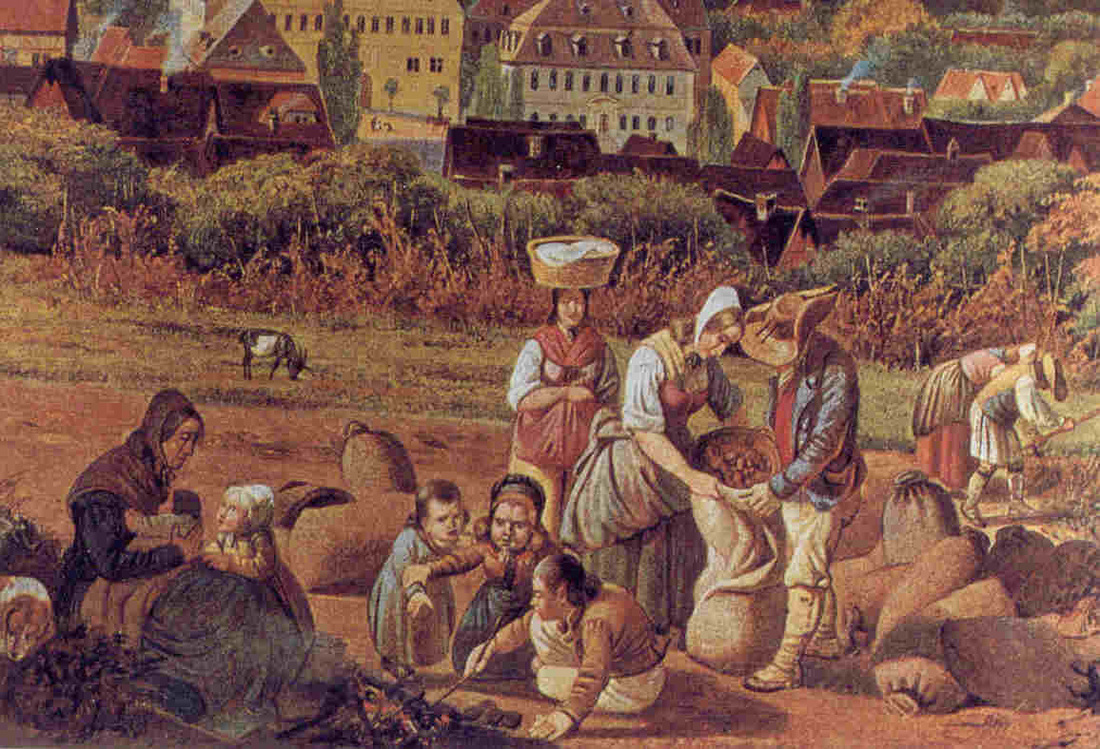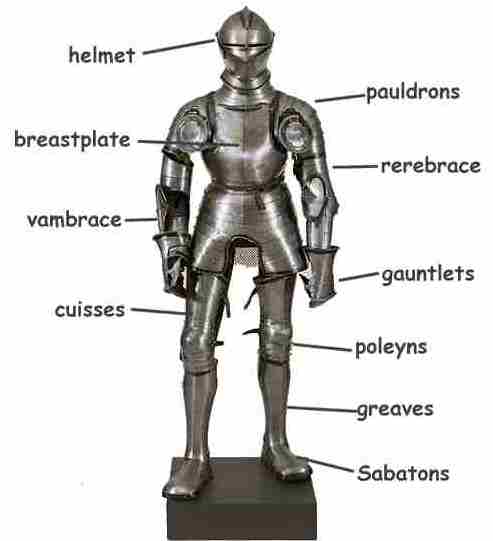
And even though nobles increasingly read love poetry that placed women in a position of honor and devotion (and this poetry may originally have been modeled on the Arabic love poetry common in al-Andalus), this very devotion emphasized the woman as a prize to be sought after rather than as a partner. It wasn't all shining armor.Chapters:00:00 - Intro00:29 - History01:43 - Training03:18 - Knighthood04:34 - Tournaments05:37. Legally, a woman was subordinate to her husband. Although they could be nuns, women could not be ordained as clergy. Likewise, among nobles, women usually managed the household and might direct the economic activity of the great agricultural estates.īut women remained subordinate. Women peasants would often labor alongside men in the fields, and women often ran taverns. Meanwhile, if a boy wanted to become a knight, he very often had to be of noble birth (born into a noble family), and spend years in training, during which he.
#MEDIEVAL EUROPE KNIGHTS DAILY LIFE CODE#
The Knightly Code When he was judged ready (generally between the. When we think of knights during the medieval times, we think of valiant men who chose to defend their honor in feats of jousting, chivalry, and dragon slayin. The division of labor in peasant, middleclass, and noble households, however, meant that women played an active part in economic life. Medieval Knights and Warfare Knights After the lord on the social ladder came the knight. Medieval Europe remained a patriarchal culture.
#MEDIEVAL EUROPE KNIGHTS DAILY LIFE FREE#
Their population increased largely because of people migrating from the countryside, since by the twelfth century, most towns of Western Europe recognized a runaway serf as legally free if he or she had resided within the walls of a town for a year and a day. Indeed, the disease from parasites and contaminated water meant that cities were population sinks, with more people dying than were born.


Likewise, although London had a network of pipes to carry water from springs by 1236, the inhabitants of most cities got water from wells, and these were often contaminated. Paris, whose streets King Philip Augustus had ordered paved and lined with ditches to carry away waste water, was the exception rather than the rule. 476-1000 CE), long-established pagan beliefs and practices entwined with those of the new religion so that many people who would have identified as 'Christian' would not. \( \newcommand\): Thirteenth-Century Knights Fighting in a Tournament Author: Unknown Source: Wikimedia Commons License: Public DomainĮurope’s growing cities had narrow, unpaved streets with pools of waste, through which pigs, dogs, and other animals would wander. Religion in the Middle Ages, though dominated by the Catholic Church, was far more varied than only orthodox Christianity.


 0 kommentar(er)
0 kommentar(er)
